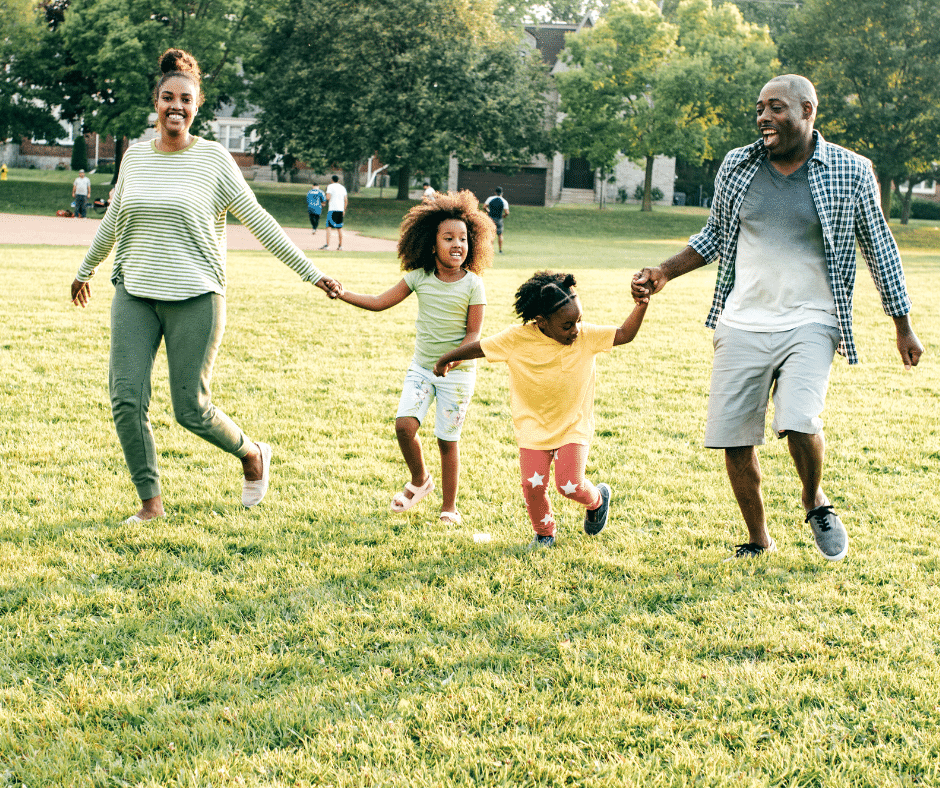Winter is long and dreary, and for many people, it is a time where workouts move indoors. Did you know there is a difference between working out indoors versus outdoors, and that you should gradually transition into your outdoor activities and workouts to prevent overuse injuries?

Recreational activities such as tennis, golf, and outdoor running/walking are things that are typically done seasonally due to the Midwest winters. Therefore, after having 5-6 months off, you will want to make sure you are training in the “off-season” to ensure you can get back to your favorite outdoor activities without injury. For example, if after doing some light stretches for a few minutes someone handed you a golf club and asked you to swing it 100 times without any warning, most people would say, “no.” However, that is what most recreational golfers do once the courses open. A five-minute warm-up before your tee-time does not make up for the months spent not moving your body in that specific movement pattern.
Running is one activity that can be tricky when transitioning from indoor running to outdoor running and vice versa. Treadmills offer a consistent surface with more shock absorption than concrete or pavement, which means it is easier on your joints. However, because a treadmill can be set without variation there can be a higher risk of injury due to repetitive movement compared to running outdoors. The best option is to remember resistance and mobility training are important to aid in proper running mechanics, and to decrease mileage when transitioning to a new environment and progress from there.
For those who do not partake in sports-related activities, think about activities such as pushing your kid on a swing, gardening, and yard work. All of these things can be hard on the body if you have been sedentary over the colder months. Minnesotans do a great job of getting outside and optimizing the nice weather, but getting your body ready for increased activity is always important.
Regardless of which outdoor activities you are getting ready for, now is the perfect time to start getting your body ready to transition outdoors. Training programs will vary based on your end goal. However, most will need to ensure a good strength foundation, work on increasing muscular endurance, and then work on sport specific movements like rotational movements for golf and tennis. Generally, if you are a relatively active and healthy person, the training time for your late Spring/Summer activities only needs to take a month or two. The exception is if you are training for a high-intensity and/or endurance event (e.g., obstacle course race, triathlon, road race, etc.), or competing at a level higher than recreational or leisure. If you are mostly sedentary, think about starting about 3-4 months in advance. Ideally, training programs are tailored to each individual and their goals. However, we understand that committing to regular training sessions is not possible for everyone. Therefore, the general rule of thumb is develop foundational support through the five basic movements: squat, lunge, push, pull, and rotation. After you feel comfortable with those movements with little to no weight, start loading (going as heavy as you can is not smart – slow and steady!), then work on building endurance, and finally, plyometric or sport-specific movements.
The Wellness Center at Windom Area Health has affordable memberships and classes for anyone who wants to get out of the house to start their training to prepare for nicer weather. In addition, we also offer Personal Training for those who would like to focus on specific goals for their spring and summer activities. Head over to the Wellness Center page to learn more about class and program offerings.
By Lindsey Englar, ACE-PT, Wellness Center Supervisor
